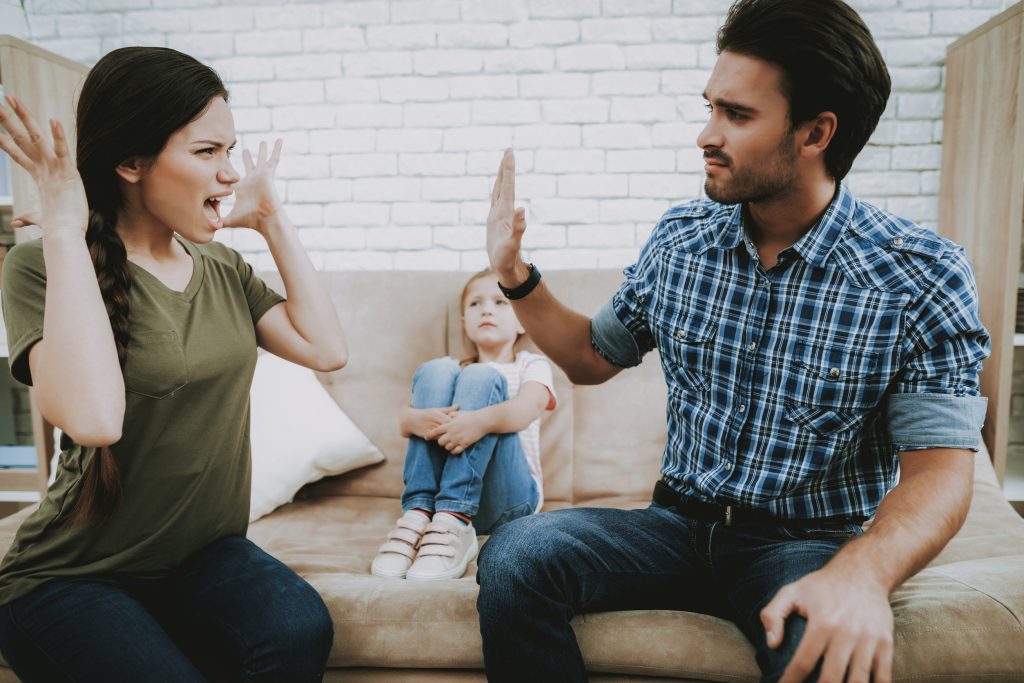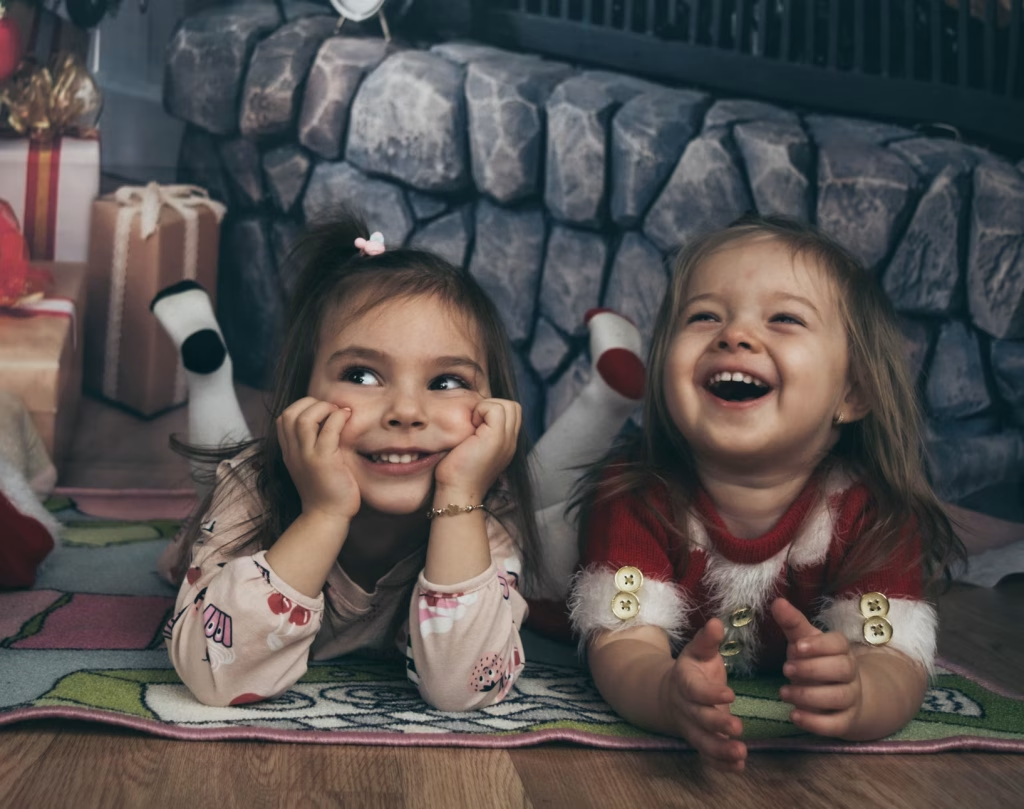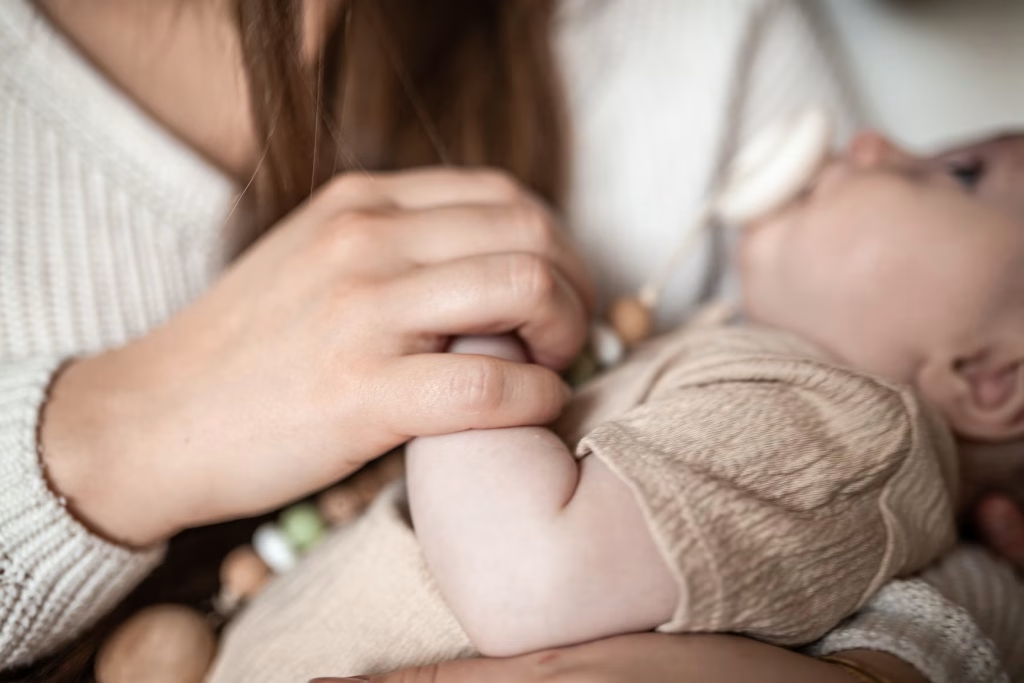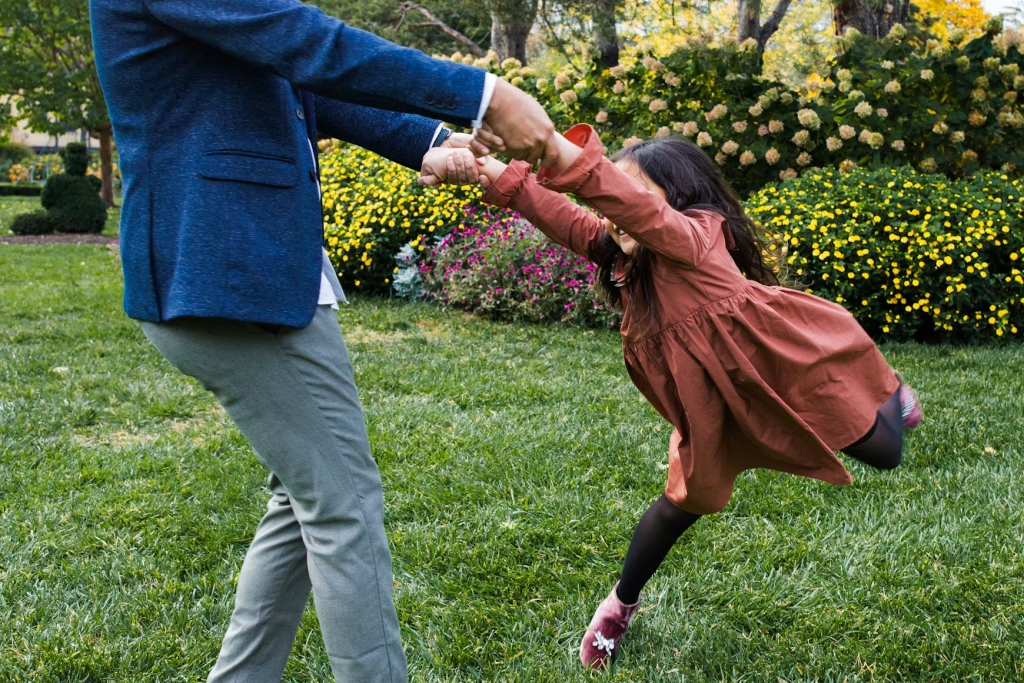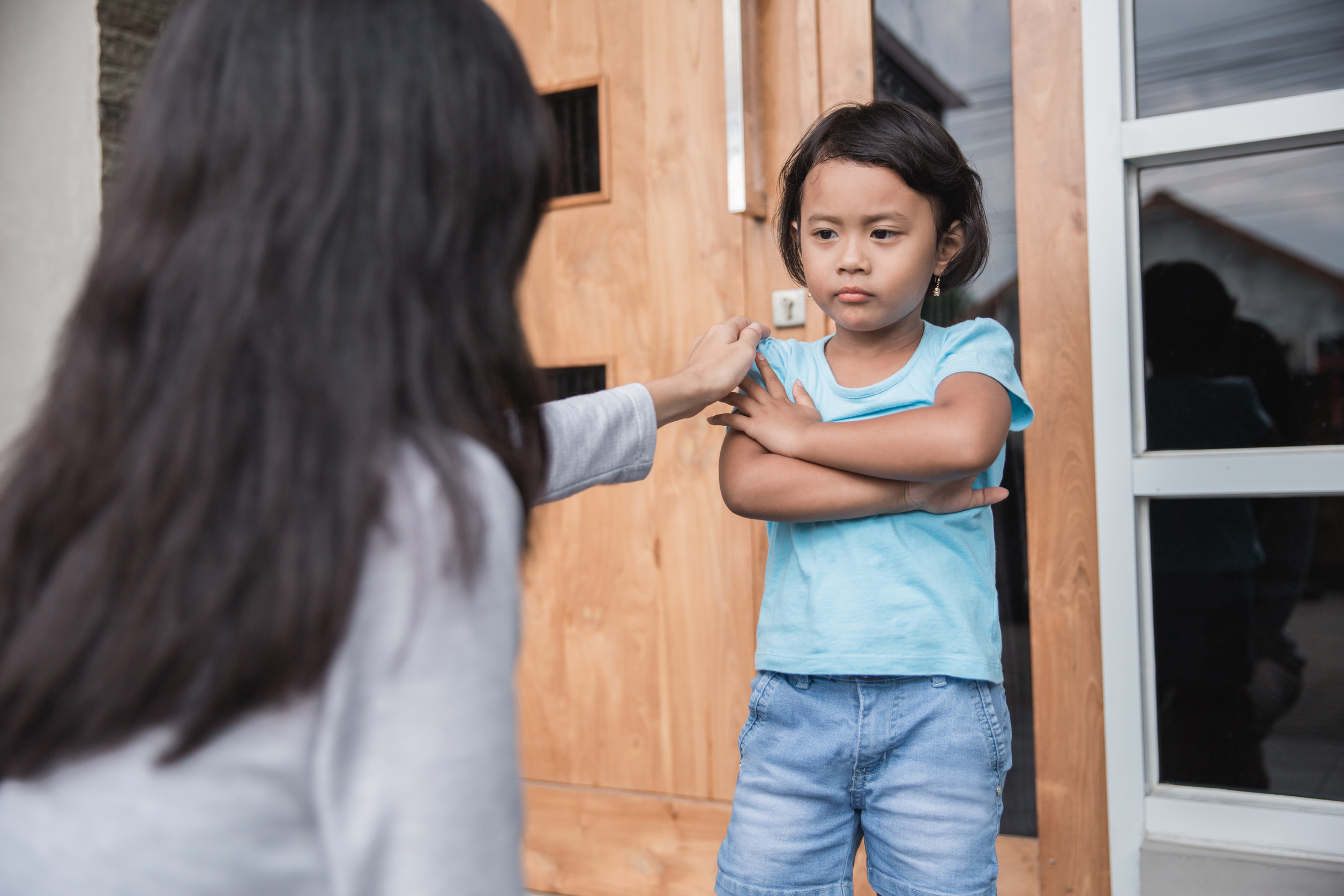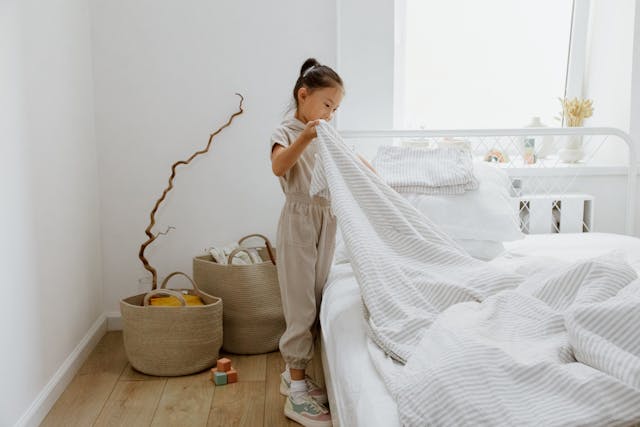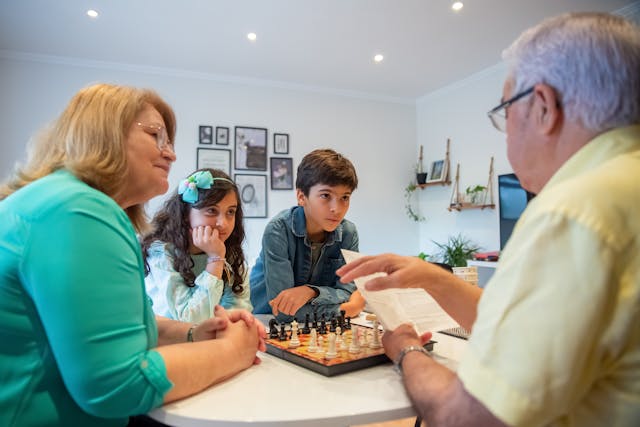
Hearing the words “I hate you” from your child can hit like a punch to the heart. It’s emotional, shocking, and sometimes downright painful—even when you know they don’t fully mean it. Kids are still learning how to handle big feelings, and sometimes those feelings come out in the most hurtful ways. But what matters most isn’t just what your child says—it’s how you respond when your child says “I hate you.” With the right tools, that painful moment can become an opportunity to teach emotional regulation, empathy, and connection.
1. Stay Calm—Even If You’re Hurting
It’s natural to feel defensive or hurt, but reacting emotionally can escalate the situation. When your child says “I hate you,” they’re often overwhelmed by frustration, not making a calculated attack. Meeting that moment with yelling or harsh punishment teaches them that big feelings should be met with bigger explosions. Instead, take a deep breath and ground yourself before responding. A calm tone sets the stage for a productive conversation once the storm passes.
2. Don’t Take the Words at Face Value
Kids don’t always have the language to express themselves properly, especially when they’re angry or disappointed. Saying “I hate you” might actually mean “I feel powerless,” “I’m disappointed,” or “I need help expressing myself.” Try to look past the words and see what’s really going on underneath. When your child says “I hate you,” it’s usually more about their own emotions than anything about you. Separating the words from the emotions can help you address the root issue more effectively.
3. Set Boundaries Around Hurtful Language
Even though it’s important to stay calm, that doesn’t mean you ignore the behavior. Let your child know that expressing anger is okay—but hurting people with words is not. Say something like, “I understand that you’re upset, but we don’t speak to each other like that in this family.” This teaches children how to communicate emotions without resorting to harmful language. Setting boundaries when your child says “I hate you” doesn’t make you cold—it shows you’re teaching respect.
4. Model Healthy Emotional Expression
Children often learn how to handle big emotions by watching how their parents manage theirs. If your child sees you responding to anger with calm words, reflection, or a cooling-off period, they’re more likely to mimic that behavior over time. Talk about your own feelings and model the words they can use: “I’m really frustrated right now, so I’m going to take a minute to breathe.” When your child says “I hate you,” they need guidance on how to say what they really mean in a healthier way.
5. Talk Later—Not in the Heat of the Moment
The middle of an outburst isn’t the time for a lecture or deep emotional processing. When things have calmed down, revisit the conversation gently. Ask what they were feeling when they said those words, and give them tools to better express those emotions next time. This shows that emotional outbursts don’t define the relationship—they’re just moments to learn from. Following up after your child says “I hate you” helps them feel safe and loved, even when they’ve made a mistake.
A Moment of Anger Doesn’t Define Your Bond
It’s easy to feel wounded when your child lashes out, but remember—kids are still figuring out how to handle life’s frustrations. When your child says “I hate you,” they’re often reaching for the most powerful words they know to express something they haven’t learned how to name. Your response helps shape how they handle conflict, communicate emotions, and repair relationships as they grow. With patience and love, those painful moments can become stepping stones to a stronger connection.
Has your child ever said something hurtful in the heat of the moment? How did you respond—and what did it teach you both? Share your thoughts in the comments.
Read More:
10 Parenting Practices That Are More Harmful Than You Think
Why “Being There” Is No Longer Enough as a Modern Parent
Catherine is a tech-savvy writer who has focused on the personal finance space for more than eight years. She has a Bachelor’s in Information Technology and enjoys showcasing how tech can simplify everyday personal finance tasks like budgeting, spending tracking, and planning for the future. Additionally, she’s explored the ins and outs of the world of side hustles and loves to share what she’s learned along the way. When she’s not working, you can find her relaxing at home in the Pacific Northwest with her two cats or enjoying a cup of coffee at her neighborhood cafe.
